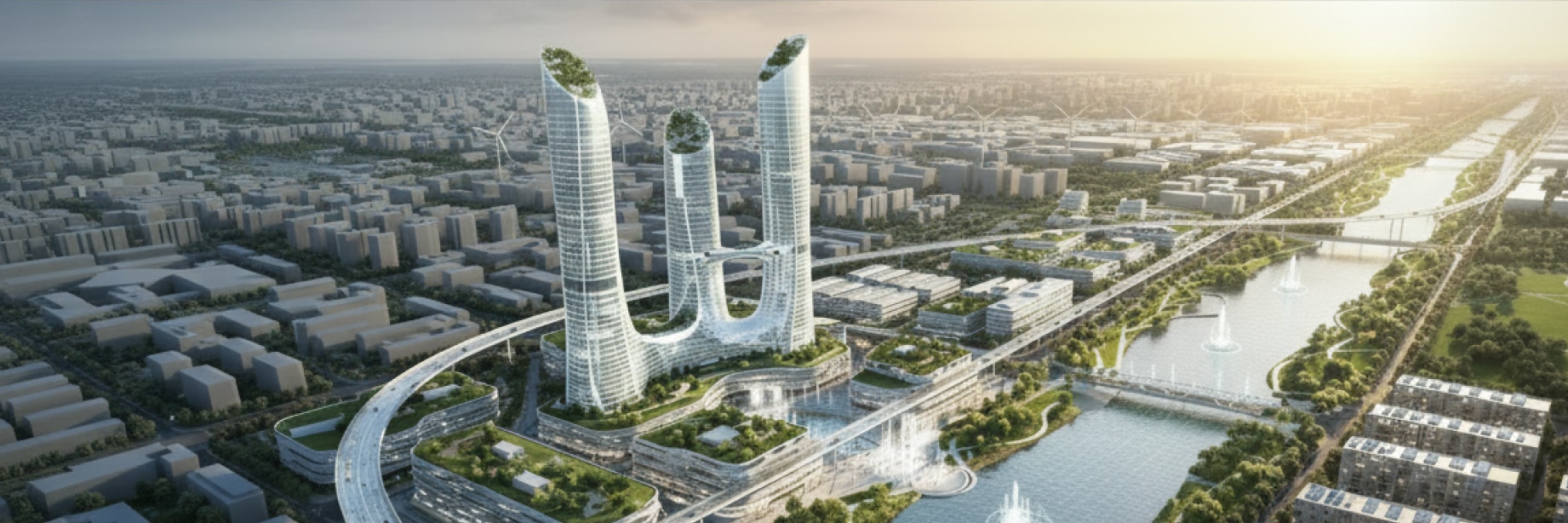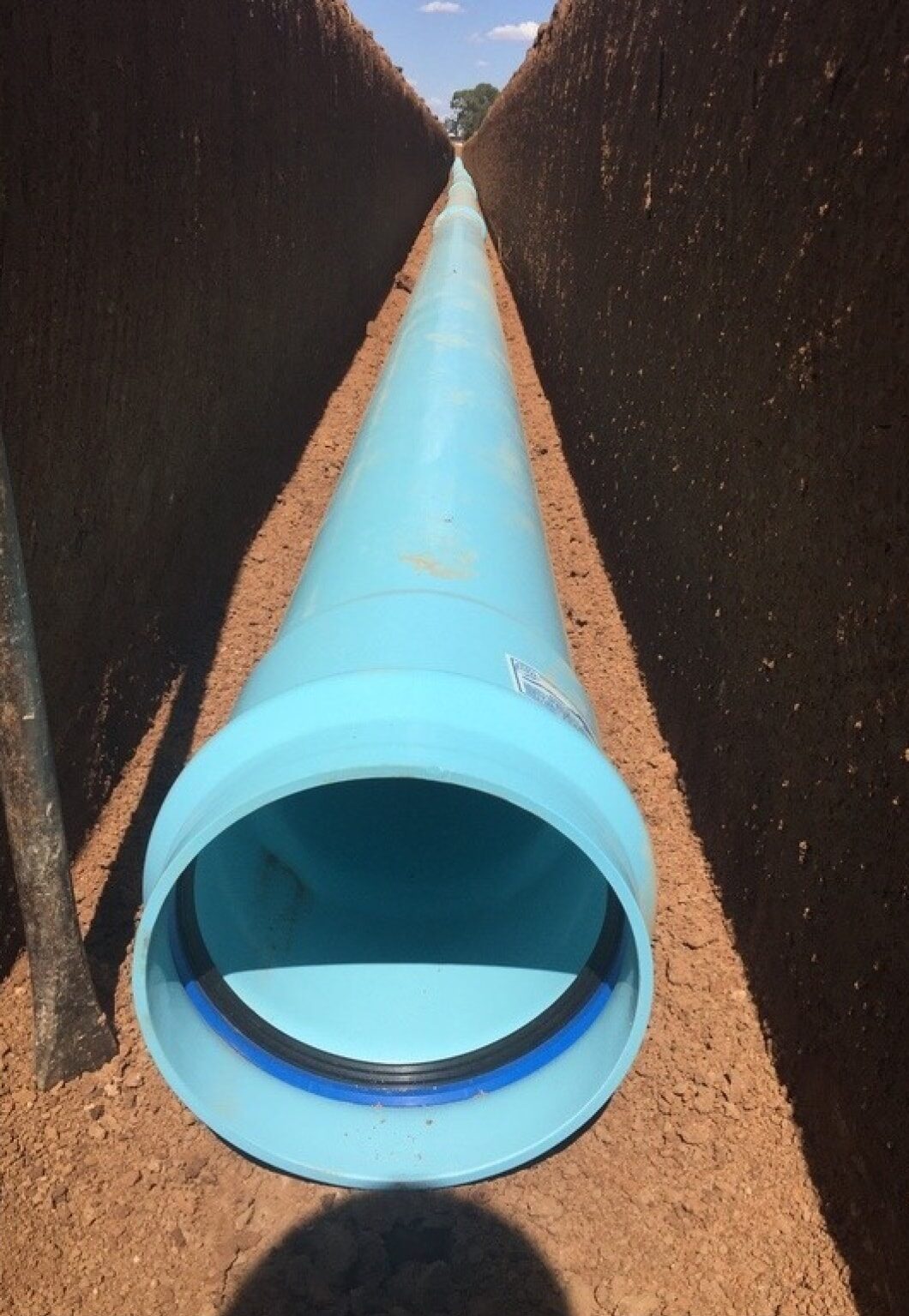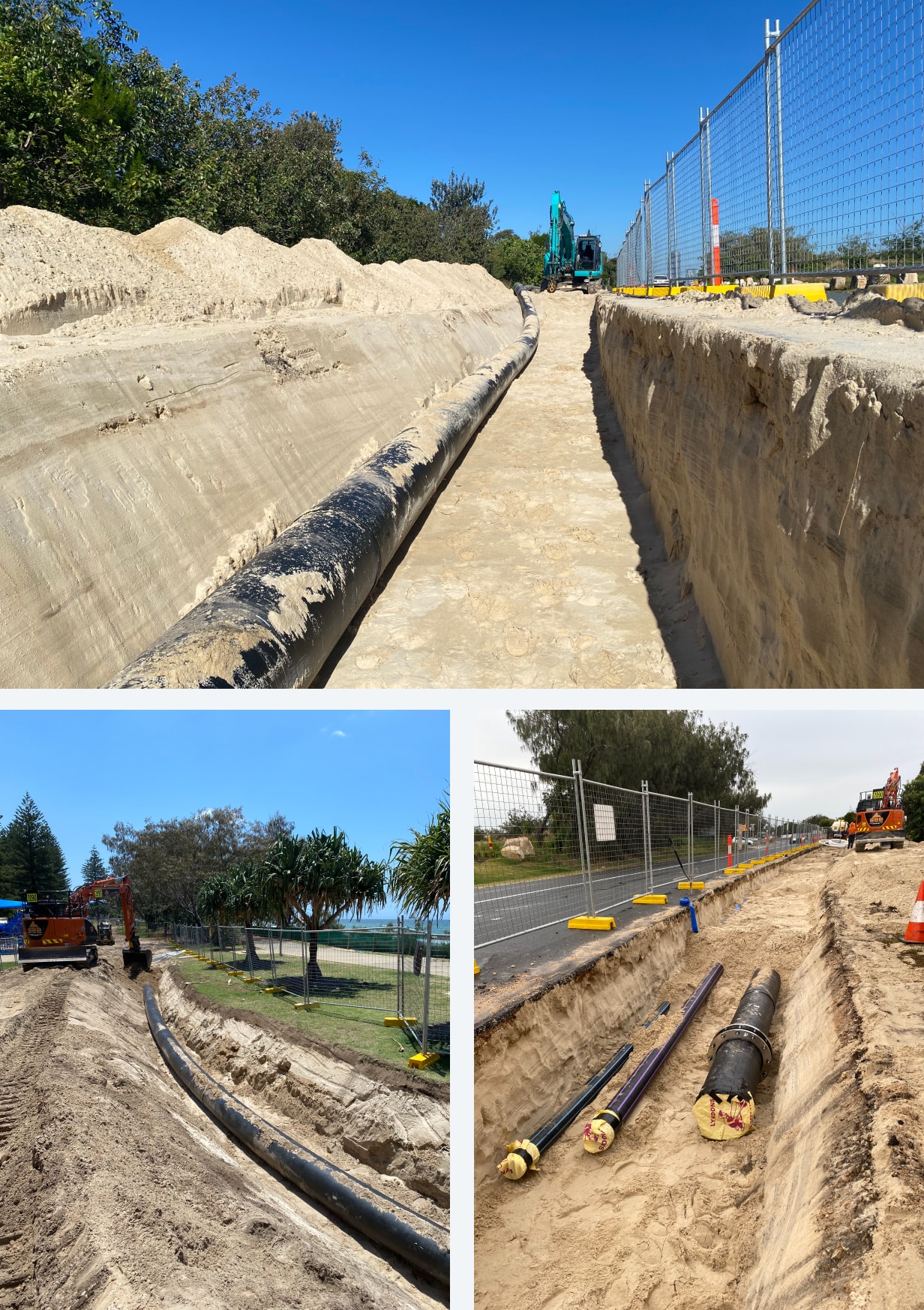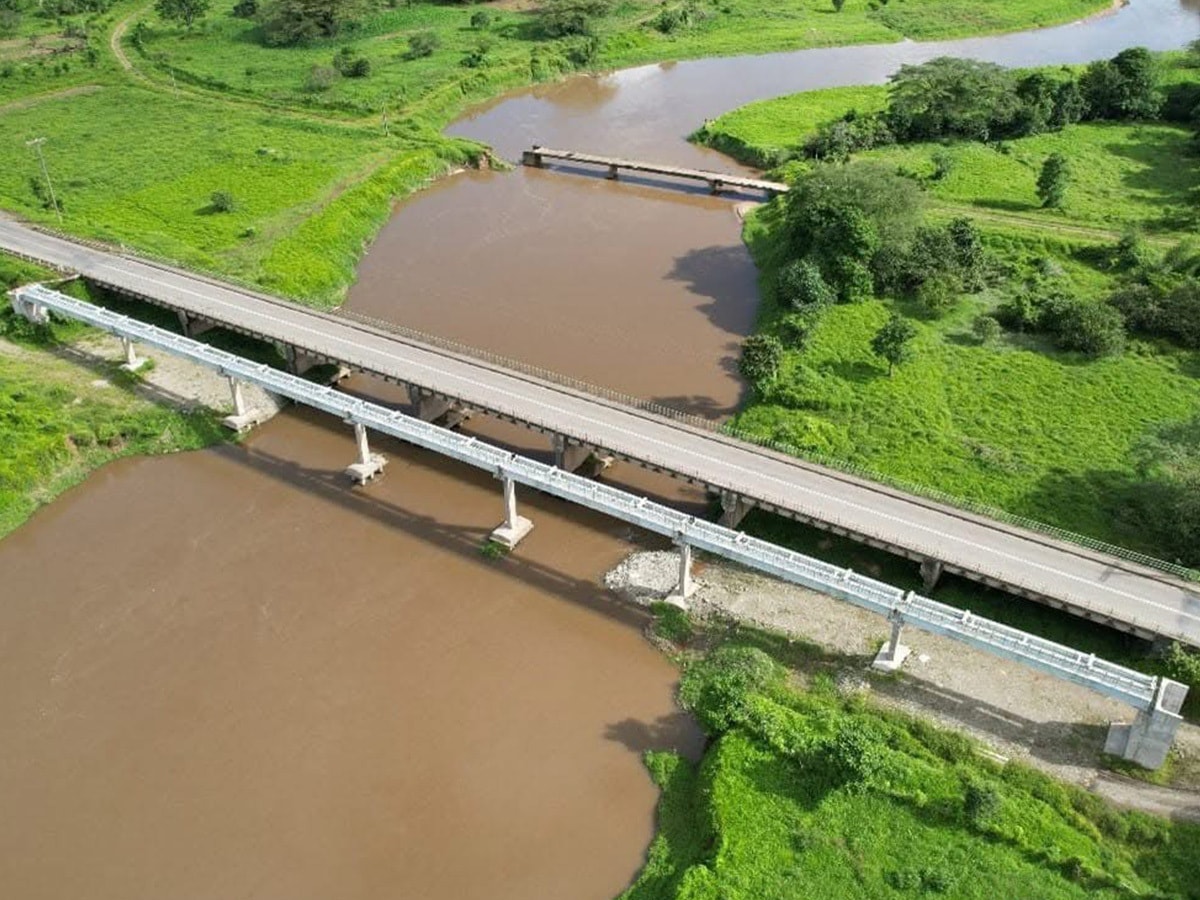Future of pipeline technology
October 20, 2025


By: Mark Laws
General Manager
From groundbreaking advancements in pipeline engineering and manufacturing to the rising demand for seamless, eco-friendly installation methods, we explore five powerful global trends that are redefining the future of Australia’s pipeline infrastructure.
1. Evolving regulations
Evolving regulatory standards continue to reshape how water and pipeline infrastructure is designed, specified and installed across Australia.
Ongoing policy reform such as to the Environment Protection and Biodiversity Conservation Act 1999 (EPBC) and sustainability criteria in public procurement continues to raise expectations for materials and pipeline systems that minimise environmental impact and deliver long-term water security for communities. A commitment by the Australian Government for a national regulator (EPA), binding National Environmental Standards and changes to offset and restoration contributions are just some of the planned regulatory changes that will continue to shape the future of water security and pipeline infrastructure.
In this context, the materials that we use need to demonstrate proven resistance to environmental stresses, corrosion, and degradation under demanding conditions.
PVC-O (oriented polyvinyl chloride) is often recommended in Clover projects for its low embodied energy, durability and resistance to impact and corrosion that all align with NCC requirements. It and other PVC pipeline products have been used in projects like the Greenbushes to Kirup pipeline in Western Australia to playing a major role in the Sunraysia Modernisation Project, the largest of its kind in the region.

The 17 kilometres of PVC-O pipeline used in the Greenbushes to Kirup project has played a vital role in ensuring water security for the southwest region of WA for generations to come.
2. Innovations in sustainability driven by market demand
In Australia, evolving regulations as well as market demand are driving appetite for long-lasting, environmentally conscious pipeline solutions. But policy reform takes time, and technological advances are leading the way in creating advanced pipeline solutions with low embodied energy as well as reduced environmental impact throughout their lifecycle.
The industry continues to meet this demand by integrating advances in product design, engineering, AI and more to bring sustainable and efficient materials to life across pipeline projects.
AI and Machine Learning are increasingly being adopted in their ability to manage Big Data and help monitor pipeline systems and even in defect detection.i Coupling these capabilities with advances in sensor technology is also helping to optimise maintenance and improve the efficiency of pipelines overall to improve the durability and lifespan of pipeline systems.ii
Materials are also a key part of this call for resilient and environmentally friendly pipelines. From high-performance polyvinyl chloride pipeline (PVC) through to corrugated polyethylene pipe systems, advances in recyclability, lightweight design, durability, efficiency and production continue to help the industry show regulators what is possible.
3. Infrastructure upgrades
As Australia confronts significant water security challenges, pressures such as drought, coastal erosion and dramatic population increases in urban areas, have prompted initiatives like the introduction of the National Water Grid Authority in 2019. More recently, The Australian Government committed $2.7 billion over 12 years through the National Water Grid Fund, with $1.2 billion allocated over the next four years, including $588 million in FY2024-25 for regional water infrastructure projects.
The challenge is twofold: upgrading legacy and analogue systems to meet the demands of the 21st century while finding innovative infrastructure solutions for new and growing communities.
Clover’s supply of over 7 km of HDPE pipeline to the Gold Coast Waterways Authority is a recent example of largescale government investment in infrastructure upgrades.
The $7.8 million upgrade to the Surfers Paradise Backpass System aims to divert over 120,000 cubic metres of sand –almost one quarter of the annual sand allowance that reaches South Stradbroke Island – to the upper beach at Surfers paradise.

The design of the Surfers Paradise pipeline was crucial for protecting the existing infrastructure from coastal hazards.
4. Trenchless technologies
The popularity of trenchless pipeline infrastructure continues to grow thanks to its minimal environmental impact, cost efficiency, and reduced disruption to communities compared to traditional open-cut methods.
Its use in replacing and modernising existing infrastructure alone continues to see fast growth, with the rehabilitation market enjoying a global compound annual growth rate of 5.8%, expected to be worth AUD $10.48 billion.
Governments and industries continue to push for more efficient and greener construction practices to meet financial, regulatory and environmental policy demands. This appetite is being met with advances in both product design as well as planning, and as ageing infrastructure demands upgrades, the trenchless pipeline market is only set to expand.
5. Advanced product and material innovations
Pipeline projects here and abroad are increasingly using materials like high-density polyethylene (HDPE), PVC-O (oriented PVC), and stainless steel for their longevity, corrosion resistance, and lower maintenance needs. Composite materials, corrugated exteriors, and manufacturing techniques for reinforcing plastic piping continue to grow in their research and implementation across projects.
The use of Mild Steel Cement Lined (MSCL) steel pipe has been crucial in Clover’s continued work with the Water Authority of Fiji in what is one of the largest water infrastructure upgrades in the country’s history.
Thanks to its ability to handle high pressure applications up to 6.8Mpa, 26.4kkm of MSCL steel was chosen to help unlock 40 million litres of water per day to Fiji’s most populated urban area, the Suva-Nausori corridor.

Five pipe bridges were constructed to navigate difficult terrain within the Suva-Nausori corridor, with Clover instrumental in the planning and supply of MSCL steel pipes and fittings.
Fast growth for smart pipeline systems
As urban populations grow and legacy infrastructure reveals its limitations, advancements in product design, digitisation of pipeline infrastructure and low-impact installation techniques are driving appetite for high-quality, durable pipeline solutions, ensuring their continued importance into the future.
Clover Pipelines continues to be Australia’s leading end-to-end supplier of future-facing pipeline solutions and has expanded its presence and reputation across the APAC region.
See how we have helped industry and communities grow by browsing our case studies or reach out to discuss your project.